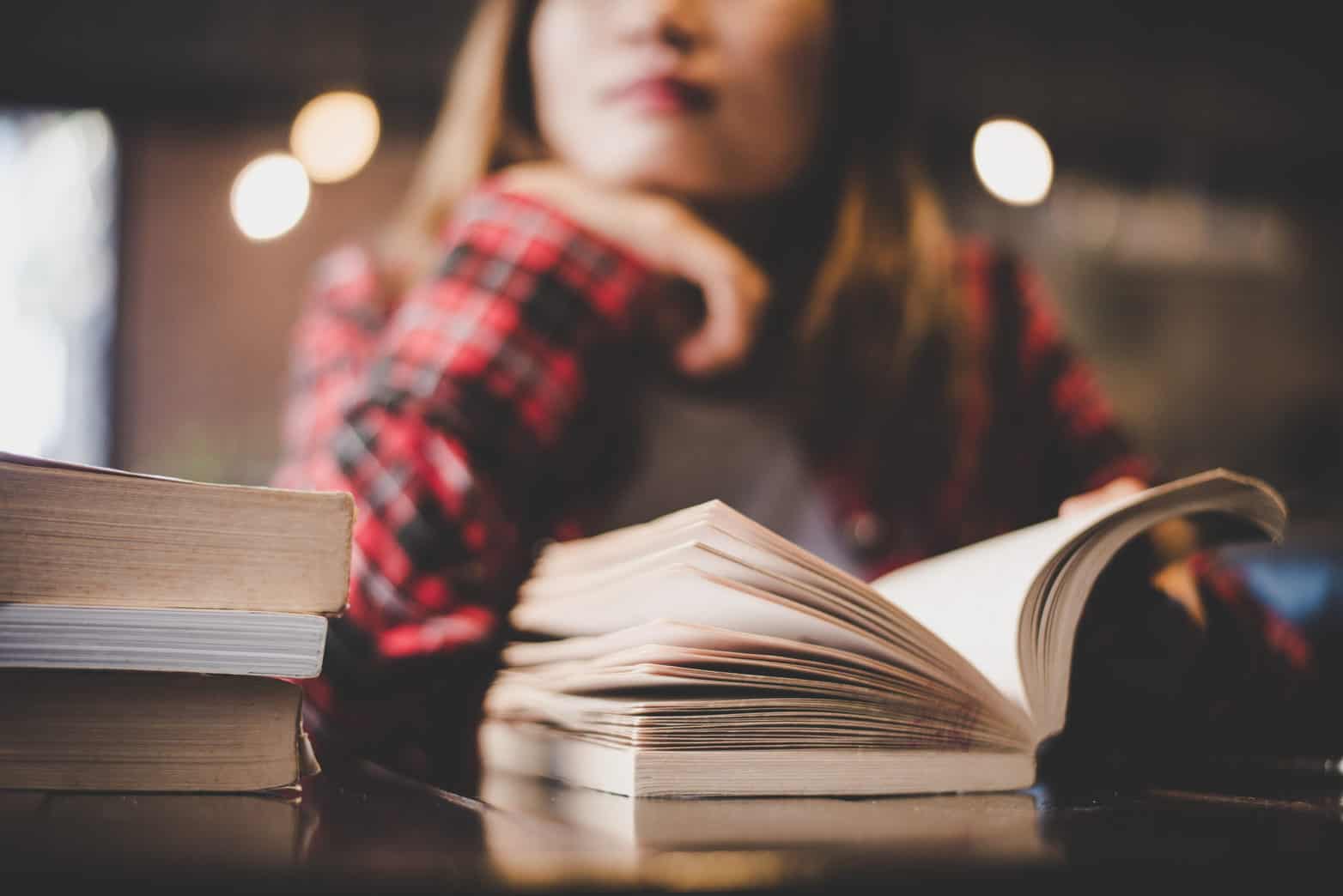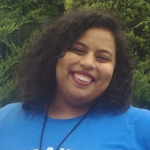Teaching in isolation, detached from history, culture, and community does not serve Black and Brown children, nor does it cultivate their brilliance. Rather than functioning as a silo, classrooms can thrive when they are connected to the lives of students and the community. Too often, mainstream curriculum pushes students of color to the margins of classrooms. As educators, we can center the strength and joy of Black and Brown communities to push back against the dominant narrative—or stock stories—that exist and operate in everyday narratives to legitimize the perspectives of the dominant white racial group in our society that affirms the fallacy of white superiority (Bell, 2019). Though stock stories are prevalent in society, they can be challenged by concealed stories and resistance stories that voice the counteracting knowledge generated within communities of color. Concealed stories and resistance stories are counterstories that can help to deconstruct oppressive institutional patterns and practices that stock stories support by bringing to light historical examples to generate new ideas and practices in the present that challenge racism and work for social justice (Bell, 2019). These counterstories are firsthand narratives of marginalized groups that can be used to share the lived experiences of oppressed groups and challenge the dominant discourse.
As a science educator, I am passionate about engaging my students in real-world project-based and problem-based learning (PBL) as opportunities to introduce counterstories in the classroom. This begins with acknowledging and challenging the curricular violence that pushes students of color out of the STEM pipeline and being intentional in the ways in which I design curriculum by using every opportunity to include counterstories that are not generally included in STEM curricula.
Examples of connected and interdisciplinary science lessons:
1. Water is Life (PBL)- Middle School Earth Science and High School Environmental Science: We begin by discussing the importance of land acknowledgments and then discuss how Indigenous water protectors have continued to resist and persist in protecting not only their sacred lands, but also Earth’s waterways. We then explore topics, such as the ways in which systemic racism impacts infrastructure that leads to eco-justice issues such as the Flint water crisis. We also discuss how youth can make an impact to create a better and more sustainable world by drawing on tangible examples of young activists. For this PBL, students created public service announcements, and their artwork was featured on labels for reusable water bottles donated by a local company. For context, our school’s water fountains are off-limits due to COVID-19 safety precautions, so students are encouraged to use the water bottle refilling station. Unfortunately, we saw an increase in single-use plastic water bottles in our school. Students were able to distribute the donated water bottles with their artwork to their peers.
2. Honoring Henrietta Lacks (PBL) – Middle School Life Science and High School Health Science and Biology: Students learned about Henrietta Lacks and how her cells, HeLa cells, have been at the forefront of major scientific and medical breakthroughs. By reading her story, students interrogate the ethical violations of Johns Hopkins and other scientific institutions against communities of color. Rather than solely focusing on HeLa cells, the purpose of this PBL is to honor Henrietta Lacks and to acknowledge the harm that was committed against her and her family in the quest of medical advancement. Students then create their own artifacts to honor the legacy of Henrietta Lacks. This PBL was extended by examining questions like:
- Why are some communities of color hesitating to receive the COVID-19 vaccine?
- How has the COVID-19 pandemic impacted our family and community?
It is important to be conscious of the harm that has been committed against Black and Brown communities in the name of science. We delve into topics such as high Black maternal mortality rates, forced sterilization, and the Tuskegee experiments. Students are empowered to spark candid conversations with loved ones so that they may make informed decisions about their health.
Sample student artifacts honoring Henrietta Lacks:
References
Bell, L. A. (2019). Storytelling for social justice: Connecting narrative and the arts in antiracist teaching. Routledge.

















These lessons sound very interesting and relevant. Is there any way we could have access to the complete lesson resource?